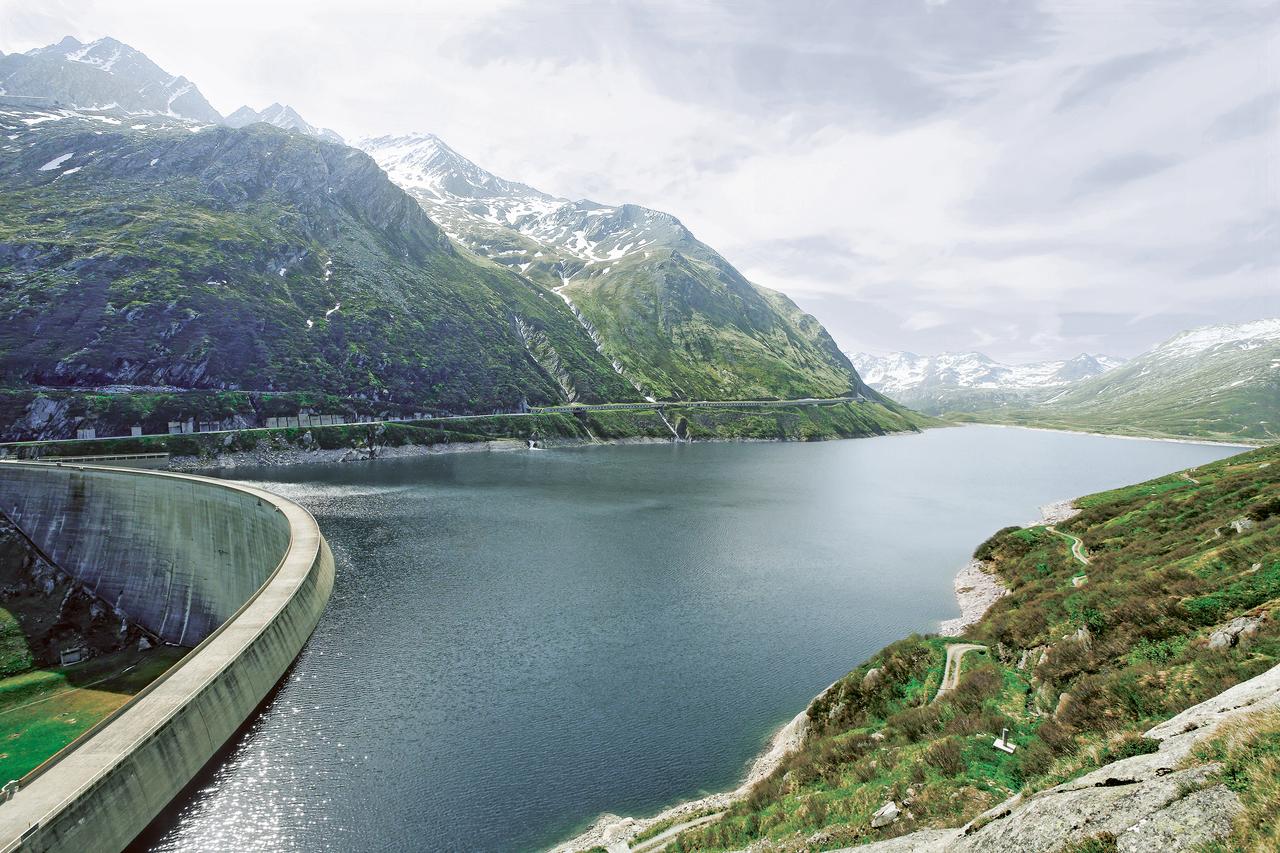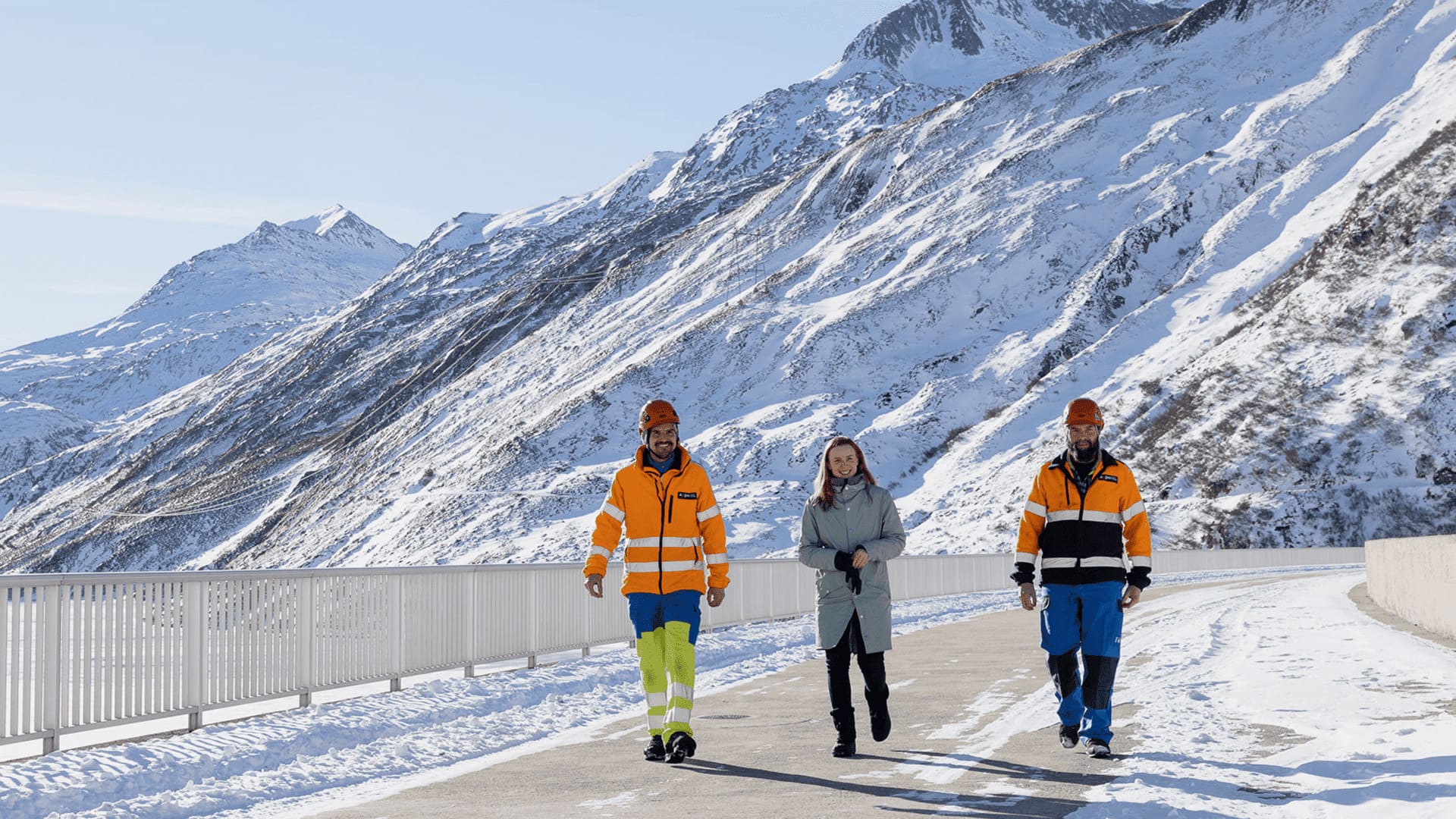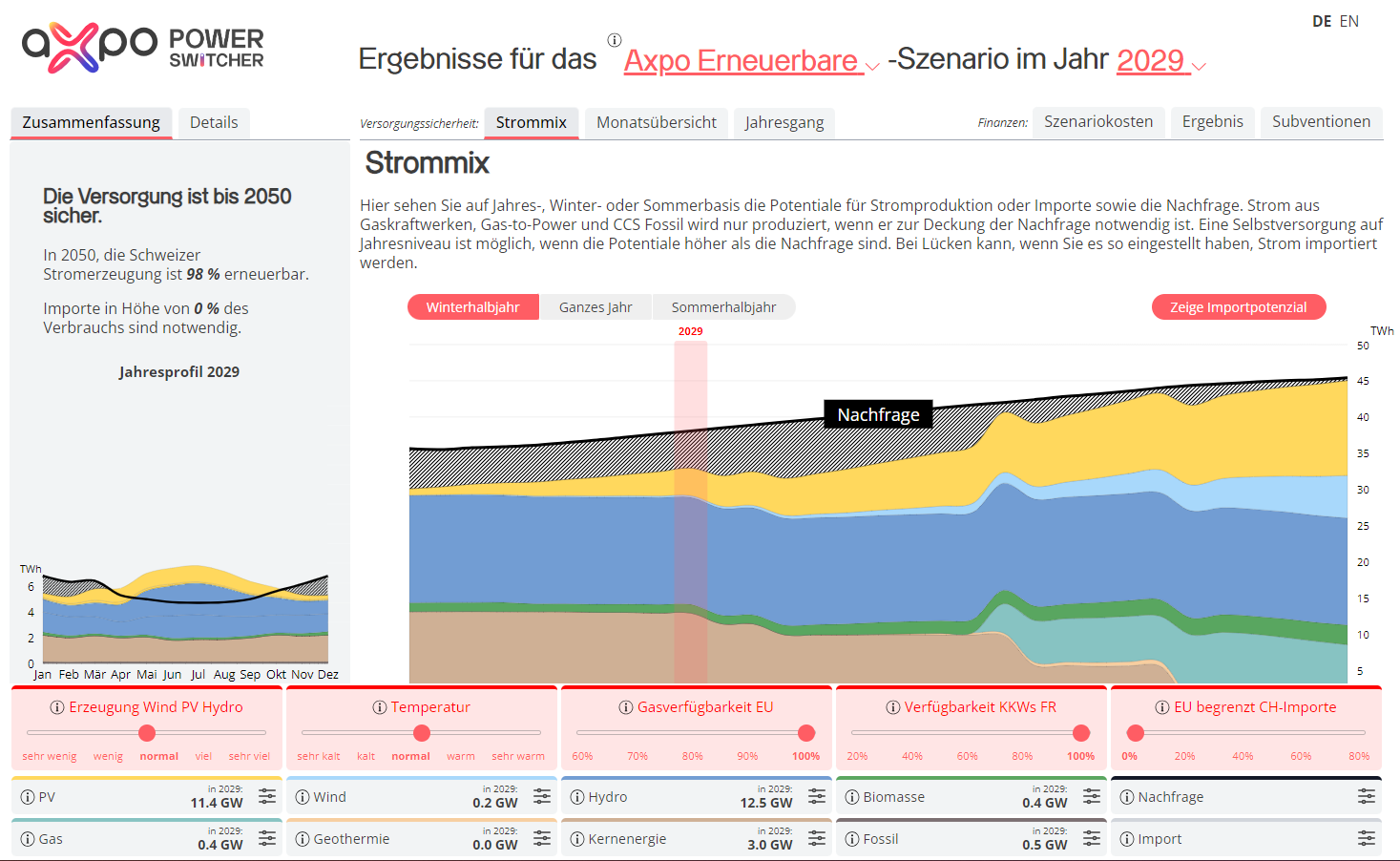08.04.2021 | Solar energy in the transport sector – research and pilot projects
Highway 4.0
Solar energy is said to be the energy of the future – also in Switzerland. In this context, we mainly think of solar power produced on rooftops. However, the transport sector offers opportunities. For example, on noise protection barriers or on parking lot canopies, which Axpo is already implementing successfully in France. Research and pilot projects are underway on streets and highways. Innovations with potential?
According to the Federal Council's visions, by the year 2050 Switzerland will no longer emit greenhouse gases. To reach the "net zero" goal, the expansion of renewable energies, particularly solar energy, will play an important role. In its Energy Perspectives 2050+ (scenario zero basis), the Swiss Federal Office of Energy (SFOE) forecasts an installed capacity of 37.5 gigawatts (GW) of photovoltaic capacity in the year 2050, representing an increase by a factor of 13 in comparison to today’s level. Solar power plants would produce about 34 terawatt-hours (TWh) of electricity annually, which is about 40 per cent of total consumption in Switzerland.
Based on this scenario, Switzerland must install additional solar power plants with a capacity of over 1000 MW per year as of 2025. In addition to rooftop installations, large-scale PV plants are needed to reach this goal. To promote the building of such installations, incentives with new subsidy instruments for solar plants without captive use are urgently needed. This ambitious goal cannot be achieved otherwise.
Solar roofs have potential
Switzerland has about 9.6 million buildings. Over half of their rooftops are suitable for solar plants according to a new study by the ETH Lausanne. They could produce about 24 terawatt-hours (TWh) of solar power, which is ten times more than today.
The Swiss Federal Office of Energy (SFOE) also estimated solar potential on Swiss rooftops and building façades in two studies (German only). Here potential values were significantly higher. The SFOE estimates the solar potential on roofs at 50 TWh and on buildings at 17 TWh.
Possible in the transport sector
The transport sector also offers possibilities for the expansion of solar energy. The renowned Fraunhofer-Institute for Solar Energy Systems estimates the technical potential of PV in combination with transport surfaces (roads and noise barriers) at 58 GW in Germany. Germany currently has a road network measuring some 830,000 kilometres – Switzerland’s is 10 times smaller measuring only 83,724 kilometres. Hence, the domestic solar potential on transport surfaces decreases accordingly.
Urbasolar’s parking lot canopies
In the transport area, one of the most common applications is solar power plants over parking lots. The Axpo subsidiary Urbasolar is active in this area. The company builds solar canopies over parking lots at shopping centres, hospitals, industrial buildings or sports facilities and produces electricity with these installations. For example, for the French retailer Carrefour or for Disneyland in Paris.
PV plants are also used in the area of noise barriers, but have not been implemented widely in Switzerland. Road surfaces could also someday be used as smart solar power plants. Research and pilot projects have been underway for several years in the USA, China, France, the Netherlands and Germany (see box below).
The "Austrian Institute of Technology" is working on the idea of solar panels on covered highways. The project, which is supported by Germany, Austria and Switzerland (Swiss Federal Roads Authority), costs 2.4 million Euros. The primary aim is conduct practical tests on the integration of solar plants on road areas.
Costs and benefits
But would the double usage of transport surfaces pay off? Are road surfaces stable enough to withstand extensive use and heavy traffic loads? How efficient is a solar module?
First tests in the Netherlands indicate that solar modules on roads only reached about 30 per cent of the production of rooftop installations. The Wattway project in northern France generates at most half the promised power production. Daily use of the modules wears them down, which leads to additional, massive production losses. However, researchers continue to develop their products and the possible solar output is increasing.
It's clear: Canopies over roads and the installation of solar modules on road surfaces is complex and costly. Nevertheless, supporters of solar highways hold to their idea because it is possible to use surfaces that have already been developed. Since the price of solar modules will continue to decrease, Highway 4.0 could someday make a contribution to climate-friendly energy production.
Solmove project
The Berlin start-up company Solmove is building a smart road surface with solar cells. The technology used is based on proven photovoltaics combined with innovative, stable glass surfaces that can be attached to horizontal surfaces. According to the company, the modules are robust and long-lasting. The glass surface profile allows rain water to run off and the road is skid-proof in field tests. One square metre of solar road can produce 100 watts of electrical energy – an area of about 40 square metres could supply an average four-person household with power for a year.
Solmove operates a new pilot solar road on the site of a former coal mine in the Ruhr district. The installation is 15 metres long and has an area of 40 square metres. The most important aspects were re-engineered based on the company's first project, which was an 80 metre-long bike path in Erfstadt. Problems occurred with that project. More details are available in this video by the German energy supplier E.on:





.jpg)





